- Joined
- Apr 30, 2005
- Messages
- 33,872
One of the grades GIA gives to FCDs is for distribution of color.
Usually it is even, but I'll post examples of Uneven, and Not Applicable.
Here is an example of one with "even" color distribution, but look at it.
That's not even, or is it?
I see places with much more color than other places and the shape of the more color-saturated area is not related to cut or facets or reflections.
Clearly I have no idea what GIA means by color distribution.
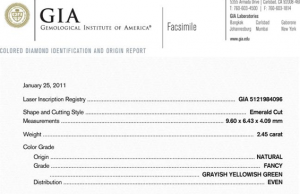
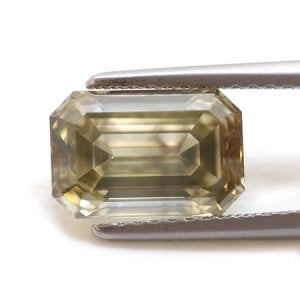
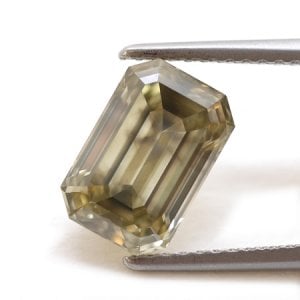
Usually it is even, but I'll post examples of Uneven, and Not Applicable.
Here is an example of one with "even" color distribution, but look at it.
That's not even, or is it?
I see places with much more color than other places and the shape of the more color-saturated area is not related to cut or facets or reflections.
Clearly I have no idea what GIA means by color distribution.




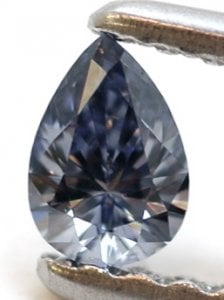


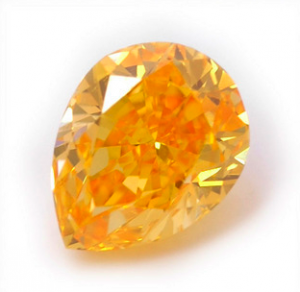

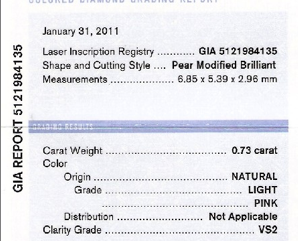



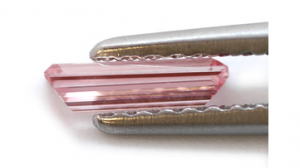

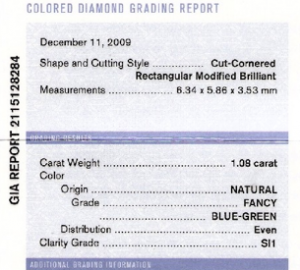
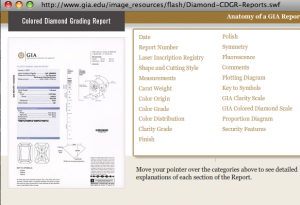

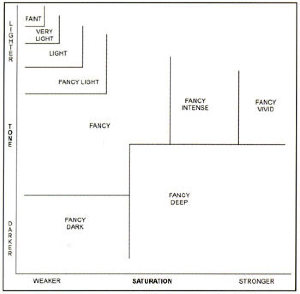


300x240.png)